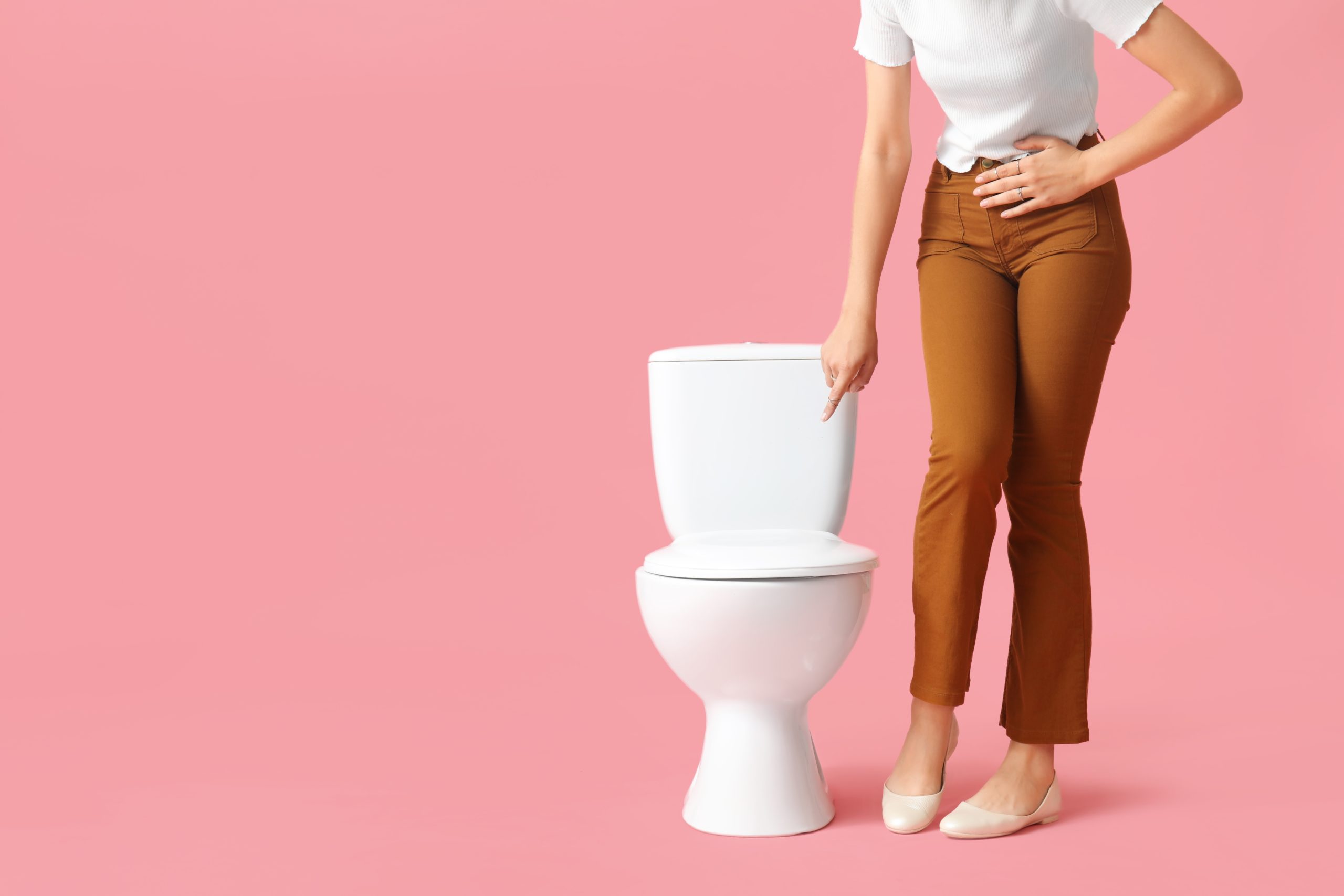
Understanding Estrogen’s Impact on Women’s Pelvic Health: A Guide for Managing Menopause and Beyond
Estrogen is widely recognized for its crucial roles in the reproductive health of women, but its impact extends far beyond. This hormone plays a vital part in various aspects of a woman’s overall well-being, including the health of the pelvic region. For women experiencing pelvic health issues, understanding the relationship between estrogen and pelvic functions can be incredibly insightful. This post aims to explore how estrogen influences the pelvic floor muscles, contributes to conditions like pelvic organ prolapse and urinary functions, and adapts during the hormonal changes of menopause.
Estrogen and Pelvic Floor Muscles
The pelvic floor muscles form a supportive hammock across the base of the pelvis, holding in place the uterus, bladder, and other organs. These muscles are crucial for urinary control, bowel function, and sexual performance. Estrogen helps to maintain the strength and elasticity of these muscles. As women age, particularly during perimenopause, estrogen levels decline, which can lead to weakened pelvic muscles. This weakening may result in various complications, such as reduced support for pelvic organs and decreased muscle control during activities that increase abdominal pressure, like coughing or lifting.
Estrogen’s Role in Pelvic Organ Prolapse
Pelvic organ prolapse is a condition where the pelvic organs, such as the bladder or uterus, descend into or outside of the vaginal canal due to weakened support structures. Estrogen is significant here because it influences the strength and resilience of the connective tissue in the pelvic floor. When estrogen levels drop, these tissues may become less elastic and more prone to damage. This condition is particularly common after the onset of menopause and can significantly impact a woman’s quality of life by causing discomfort, urinary problems, and interference with sexual function.
Estrogen and Urinary Functions
Estrogen has a protective effect on the urinary tract, which helps maintain the health and function of the bladder and urethra. This hormone promotes the thickness of the urinary tract lining, enhancing its ability to resist infections and control urine flow. As estrogen levels decrease, particularly during menopause, women may experience a range of urinary issues, including a more frequent urge to urinate, urinary incontinence, and increased susceptibility to urinary tract infections (UTIs). Managing these symptoms often requires a multifaceted approach, including lifestyle changes, pelvic floor muscle exercises, and sometimes hormonal treatments.
Hormonal Changes During Menopause
Menopause marks a significant change in a woman’s hormonal landscape, with estrogen levels significantly reducing. This reduction has profound effects on pelvic health. The decrease in estrogen can lead to the thinning of the vaginal walls and increased pelvic floor muscle weakness, both of which contribute to the symptoms discussed earlier. Understanding these changes is crucial for managing expectations and mitigating symptoms through targeted therapies. Hormone replacement therapy (HRT) is one of the treatments used to alleviate severe symptoms by boosting estrogen levels, although it’s not suitable for everyone and requires careful consideration and consultation with a healthcare provider.
Estrogen and Pelvic Health Conclusion
Understanding the role of estrogen in pelvic health offers valuable insights for managing and potentially alleviating symptoms associated with its decline. For women experiencing any of the symptoms described—whether it’s pelvic organ prolapse, urinary incontinence, or general discomfort during menopause—it’s important to consult with a healthcare professional. They can offer guidance, treatment options, and support for managing these conditions effectively.
Tips for Managing Symptoms and Maintaining Pelvic Health:
- Engage in regular pelvic floor exercises: These can strengthen the muscles and improve urinary control, BUT the key is learning the proper technique with a trained pelvic floor physical therapist.
- Consider lifestyle modifications: Dietary changes, managing fluid intake, and quitting smoking can all help reduce symptoms.
- Explore hormonal treatments: Discuss with your doctor whether HRT is a suitable option for you.
- Stay informed and proactive: Keeping track of symptoms and treatment effects can help you and your healthcare provider manage your pelvic health more effectively.
Estrogen’s influence on pelvic health is significant, and being proactive about these issues can lead to better management and improved quality of life. If you’re experiencing any concerning symptoms, don’t hesitate to reach out for professional advice.
Contact Us Today
If you’re experiencing symptoms of pelvic organ prolapse, urinary incontinence, overactive bladder, imbalanced hormone levels, or menopausal symptoms, schedule an appointment today with Dr. Peter Lotze and his team. We are here to help you gain control of these symptoms so you can live your best life!
We have offices located in both Houston and The Woodlands, and we offer virtual visits. To schedule an appointment, please contact our office directly by calling (713) 512-7810.
Follow us on Facebook and Instagram for health and wellness tips, announcements, and more!



